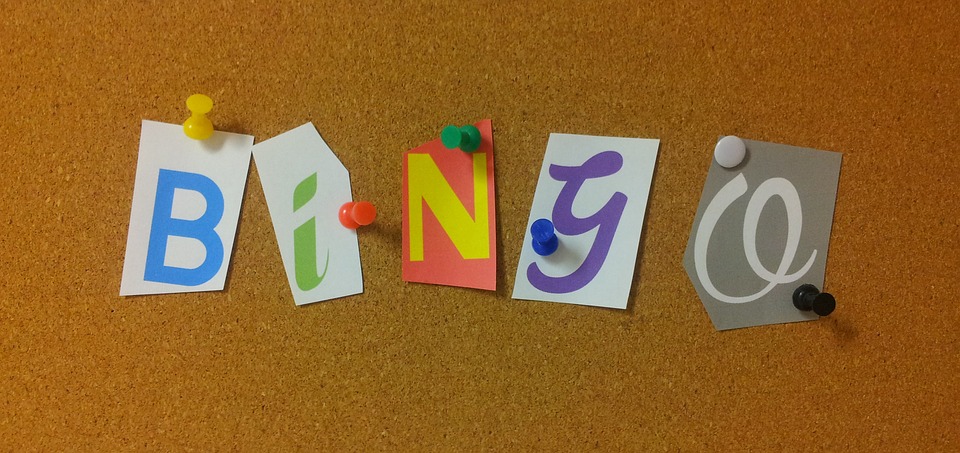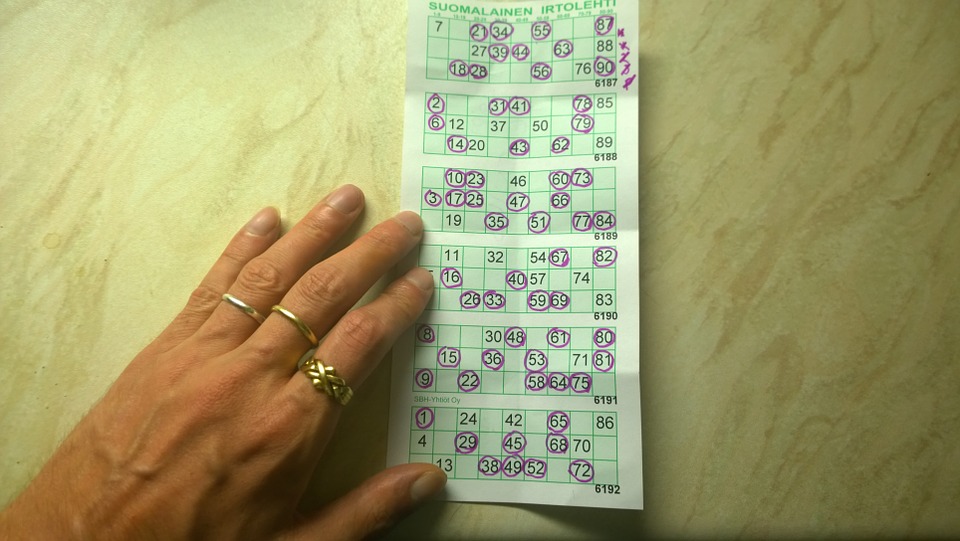 Using bingo to teach English might sound like a strange idea. However, using games in EFL lessons is a great way to make classes more fun and keep students entertained. Games are useful for introducing vocabulary in context, in an innovative way. There are many ways to use bingo to teach English.
Using bingo to teach English might sound like a strange idea. However, using games in EFL lessons is a great way to make classes more fun and keep students entertained. Games are useful for introducing vocabulary in context, in an innovative way. There are many ways to use bingo to teach English.
Bingo is one game everyone has heard of and a fun game that can be used to teach new vocabulary, numbers and grammar points, depending on how you create your bingo cards.
It is easy to use bingo to teach English. All you need is paper and a pen – so grab your bingo dabbers and let’s prepare an innovative bingo game for EFL learners!
Playing Bingo
Bingo is one of the best games for EFL teaching because it is so famous and so easy to play. Bingo is a classic game that can be changed to meet any aims of the EFL teacher.
The only necessary part to using bingo to teach English is that you create bingo cards with different words or numbers on them.
The card can have as few or as many numbers or words as you like, depending on how long you want the game to last.
Use Bingo to Teach English
A classic 75 ball bingo game is played on a 5×5 grid, with one square blank in the middle. We can use this classic card layout as a starting point for our EFL bingo game.
If you want to teach beginner students their numbers in English, we can use a game of traditional 75 ball bingo. Simply write a range of numbers from 1 to 75 on each of the students’ 5×5 bingo cards and prepare another set of number cards with the numbers 1 to 75 written on them.
75 Ball Bingo
You will then put all the numbers from 1 to 75 in a hat and pick them out at random. Read the numbers aloud to the class and the students will mark them off on their bingo cards until they get a line of numbers, or create a pre-agreed ‘pattern’ on the bingo card.
For example, a ‘coverall’ is where all the numbers are covered, or a square where all the outside numbers are covered. You can also use other patterns, such as diamonds. This is a straight forward way to use bingo to teach English numbers.

Animals or Sports in EFL Bingo
As an alternative EFL bingo game, where we use bingo to teach English vocabulary, we can use a theme, such as colours, professions, animals or sports. Depending on the theme, you can cut down the number of words put into the hat (unless you can think of 75 colours!)
For a fun alternative way to use bingo to each English, you could use drawings or pictures cut from a magazine. This would make the student focus more on their listening skills to hear the word and match the picture.
The written word would, on the other hand, help the student recognise spellings. Both of these ideas are great ways to use bingo to teach English to speakers of other languages.
Themed Bingo
A more complex EFL bingo game would have words relating to one individual theme. It would be particularly useful to select a theme the students are most interested in or a theme relevant to current events.
For example, words relating to football could include: footballer, goalkeeper, attack, midfield, goalposts, goal net, supporter, fan, trophy, FA Cup, team, football league, sponsor, division, manager, coach, captain, etc.
Alternatively, for current events you can tie in any other theme. If the general election is looming, you can use political vocabulary or if it is coming up to Christmas, use festive words and phrases all related to celebrating Christmas.
Use Bingo to Teach English Antonyms
Another way to use bingo to teach English is to include the use of synonyms or antonyms. The bingo card would be filled with adjectives and the words you read out will be synonyms or antonyms of each of these words.
For example, the card might contain the words: fat, tall, wide, white, poor, smooth, dark, etc, while the words placed into the hat could include their antonyms: thin, short, narrow, black, rich, rough, light, etc.
As you read out the words from the hat, the students mark off their antonyms on their cards. The first student to mark off all their words shouts ‘bingo!’ – and wins a prize of your choice!
EFL Bingo – it’s fun and easy!
EFL Bingo is an easy fun game to play, relatively quick to prepare and a game that can be modified to suit your students’ ability level and the vocabulary point you are trying to teach.
Simply pick up a pen and paper and start preparing your next bingo game. You can use bingo to teach English to any student group, whatever their age or ability.
Before you launch into the world of EFL bingo, why not check out the game for yourself so you get the hang of the bingo lingo?
There are all sorts of fun phrases and abbreviations used in bingo chat rooms, such as GL for ‘good luck’ and WTG for ‘way to go’! You will also find a lot of ‘text speak’ in online bingo, such as CUL8R (‘see you later’) and GR8 (‘great’). These abbreviations would make a fun addition to an English language class about bingo.
Bingo is easy to play, you can even play bingo on your mobile, and you might even win some cash while you’re at it!
Using games to teach English is a popular method of teaching any subject becasue it brings a fun element into the class. This is especially useful when teaching a grammar point in a language lesson. Some experts also believe games increse student motivation as it engages the students’ competitive side.
You could even take the EFL bingo lesson out into the real world. Students will no doubt enjoy playing a real game of bingo to practise their numbers at a bingo hall or casino.
You could also use an online bingo website for free bingo games or have students play bingo games on their mobiles and tablets. The game of bingo is everywhere – the perfect way to teach numbers and words to EFL students.
What do you think about using bingo in the EFL class?
Have you used bingo to teach English?
Do you have any tips for preparing and playing EFL bingo?
Do you find games useful for teaching or learning a language? Which games are best for language learning?
Let us know your thoughts in the comments!
